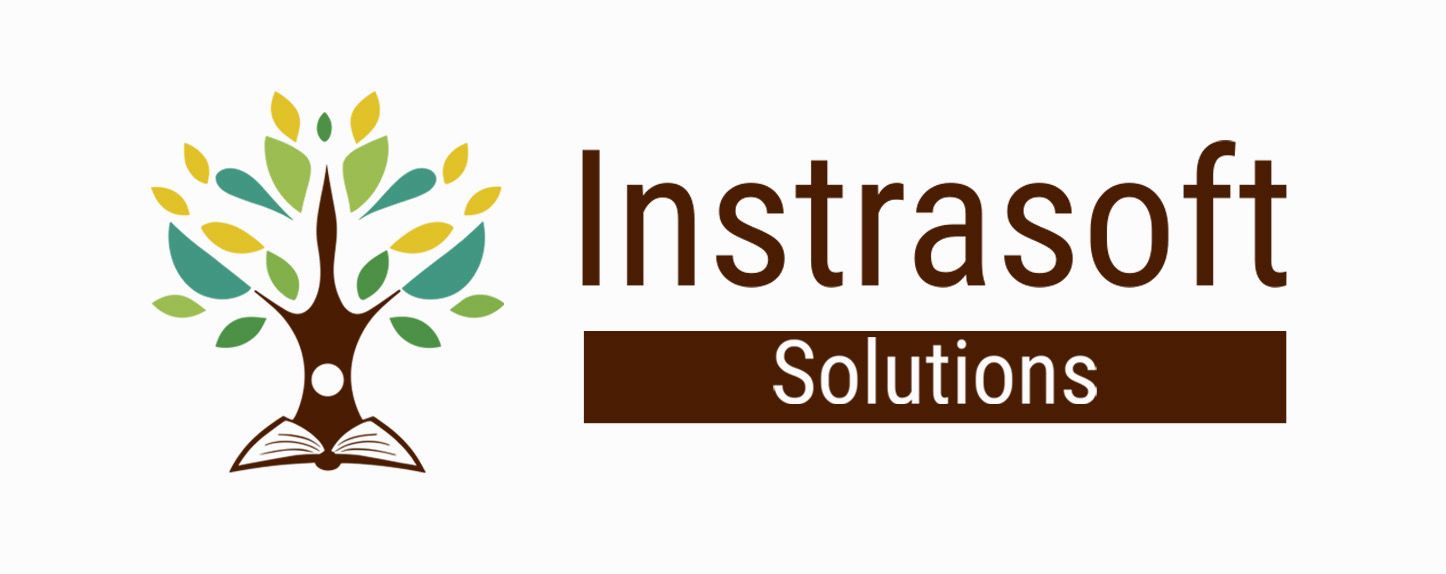Income Tax Return 2019: How freelancers can file their ITR for AY 2019-20
TR Filing 2019: Freelancing is a lucrative option, and in today’s times, we find more and more individuals drawn to it. However, unlike salaried individuals, filing tax returns for a freelancer can get slightly complicated. While Form 16 makes it easier for salaried individuals to file their returns, a freelancer may have multiple sources of income and hence find it difficult to file their returns. Here is a quick breakdown of the process of the return filing process for freelancers.
Here is a simple breakdown of how to file your income tax returns if you are a freelancer:
Freelancing Income:
The income accrued from taking up an assignment for a specified period of time is also referred to as Freelancing Income. An individual who partakes in such assignments has tax compliance very different from that of a salaried person.
Your Gross Income
Any income earned via the means of intellectual or manual skills is income from a profession according to income tax laws in India. Such income is taxed as “Profits and Gains from Business or Profession”. The first step towards tax filing is to know your gross income for a financial year.
The aggregate of all receipts an individual acquires in the course of carrying out his profession, amounts to a freelancing individual’s gross income. This information can easily be drawn from the bank account statements.
Know Your Tax Slabs
If you have an income up to Rs 2.5 lakh in a year, you will not be taxed. In case your income is between Rs 2.5 lakh and Rs 5 lakh, you will be taxed at the rate of 5%, between Rs 5 lakh and Rs 10 lakh at the rate of 20%, and more than Rs 10 lakh at the rate of 30%.
In case your total tax liability for a financial year is more than Rs 10,000, you will have to pay taxes for each quarter. This is known as advance tax. If you haven’t paid any advance tax – you’ll have to pay penal interest.
TDS Taken Away from Your Earning
As per the income tax law, each and every professional service you render and receive payment for, attracts 10% tax deducted at source (TDS). As per the concept of TDS, a deductor who pays a certain sum of money to any other person will deduct tax at source and deposit it with the government. However, while paying your overall tax dues, you can take credit for or you can claim a refund of TDS just like your salaried friends do. Since TDS is tax already paid by you, by way of deduction made from money paid to you.
Watch: ITR 2019: What details to check before submitting ITR form?
Claiming Expenses Reduce Tax Liabilities
Your expenses which are directly related to earning your business income are allowed to be deducted from your receipts. These expenses can be in the form of telephone charges, internet charges, and so on.
For instance, if you have hired a software developer to work with you, you can take away the costs made for purchasing software and testing an Android application.
You must also deduct the depreciation costs from the annual turnover such as wear and tear of equipment. For example, a photographer can calculate the depreciation gathered towards the printing equipment and the camera.
Include Income From Other Sources
Apart from the income you receive from freelancing, you must also show any other incomes in the ITR. Some of these incomes are as follows:
- Earnings from a property on rent, if any – taxed under income from house property
- Interest earned from a savings account or fixed deposits. – taxed as income from other sources
- Income from equity shares and mutual funds – taxed under capital gains
- Earnings from the employer, if you are working as a part-time freelancer and also have a job – income from salary
Other Exemptions and Deductions:
Under the Income Tax Act, individuals can claim certain deductions. These deductions can are also applicable to freelancers. Here is a snapshot of some of the deductions and exemptions under Section 80:

Which ITR Form is For You?
The income tax returns form that you need to fill out and submit is either ITR-3 or ITR-4. The ITR-3 is applicable if you have income from a business or a profession. Certain eligible professionals may choose the presumptive taxation scheme and declare 50% of the gross receipts as income in ITR-4 form.
There are several online ITR filing platforms that offer affordable pricing plans for freelancers and independent consultants. Not only do these platforms make it hassle-free to file your return, but also help you claim TDS refunds.
